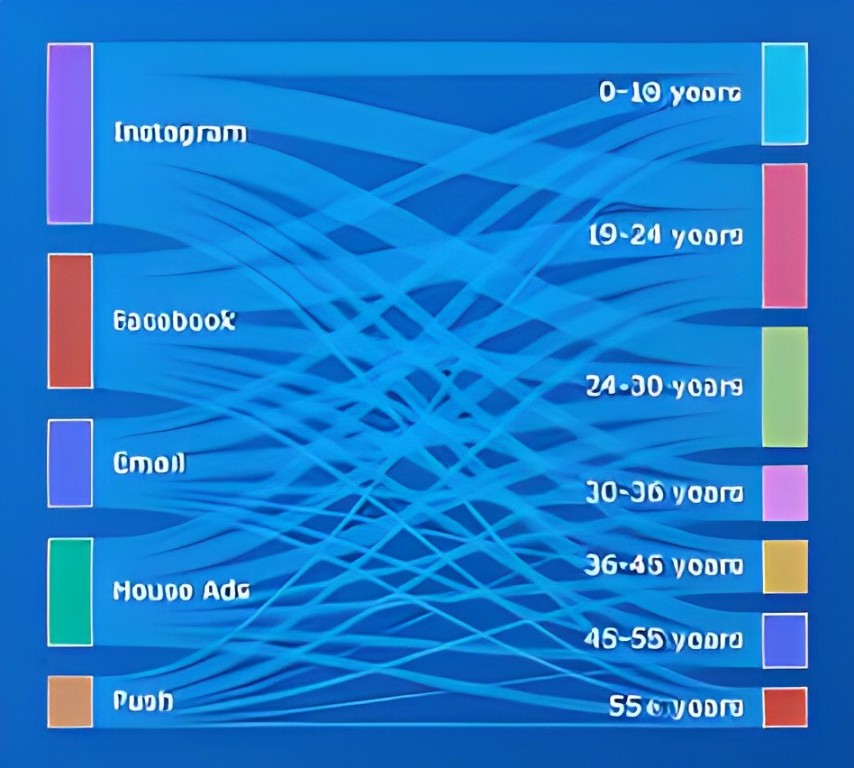Marketlo’s demand forecasting is basically for estimating the future demand for a product or service. This is primarily done using predictive analysis of historical data. It involves analyzing past sales data and considering external factors that may impact future demand, such as economic conditions, market trends, and seasonal fluctuations. Demand forecasting is used in business to inform production and inventory decisions, as well as sales and marketing strategies. It can also be used to identify potential risks and opportunities for growth. The primary benefits are;
- Improved Planning and Resource Allocation: Demand forecasting allows organizations to plan and allocate resources effectively, ensuring that they have the right amount of inventory, production capacity, and staff available to meet customer demand.
- Increased Revenue and Profitability: By accurately forecasting demand, organizations can optimize pricing, promotions, and marketing strategies to increase sales and revenue.
- Reduced Costs: By forecasting demand, organizations can reduce the costs associated with overproduction, inventory management, and staffing.
- Improved Customer Service: Accurate demand forecasting allows organizations to better anticipate and meet customer needs, leading to increased customer satisfaction and loyalty.
- Better Decision-Making: Demand forecasting provides organizations with valuable insights and data that can be used to make strategic business decisions.
- Increased Flexibility: Demand forecasting allows organizations to quickly adapt to changes in market conditions and customer preferences, providing greater flexibility in responding to unexpected demand.
- Better Inventory Management: By forecasting demand, organizations can ensure that they have the right amount of inventory on hand to meet customer needs, reducing the risk of stock-outs and overstocking.
- Better Supply Chain Management: Accurate demand forecasting enables organizations to better manage their supply chain, leading to more efficient production and logistics processes.




